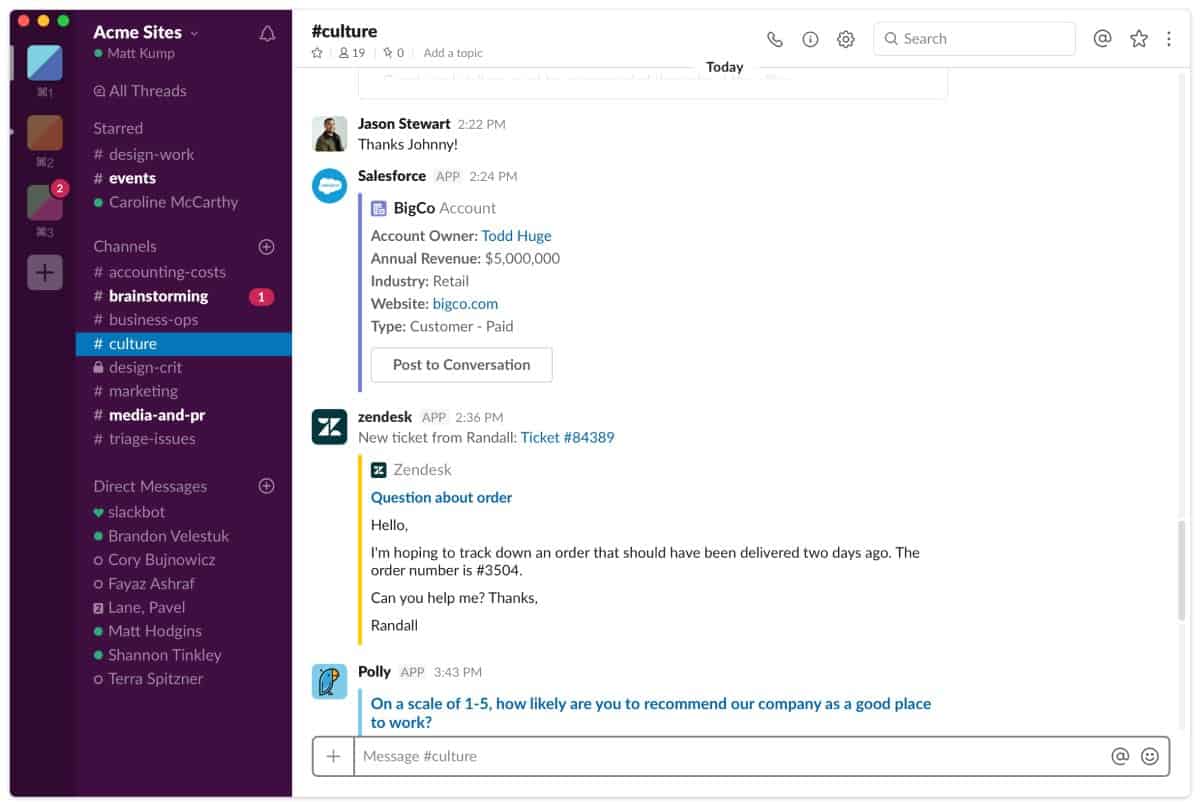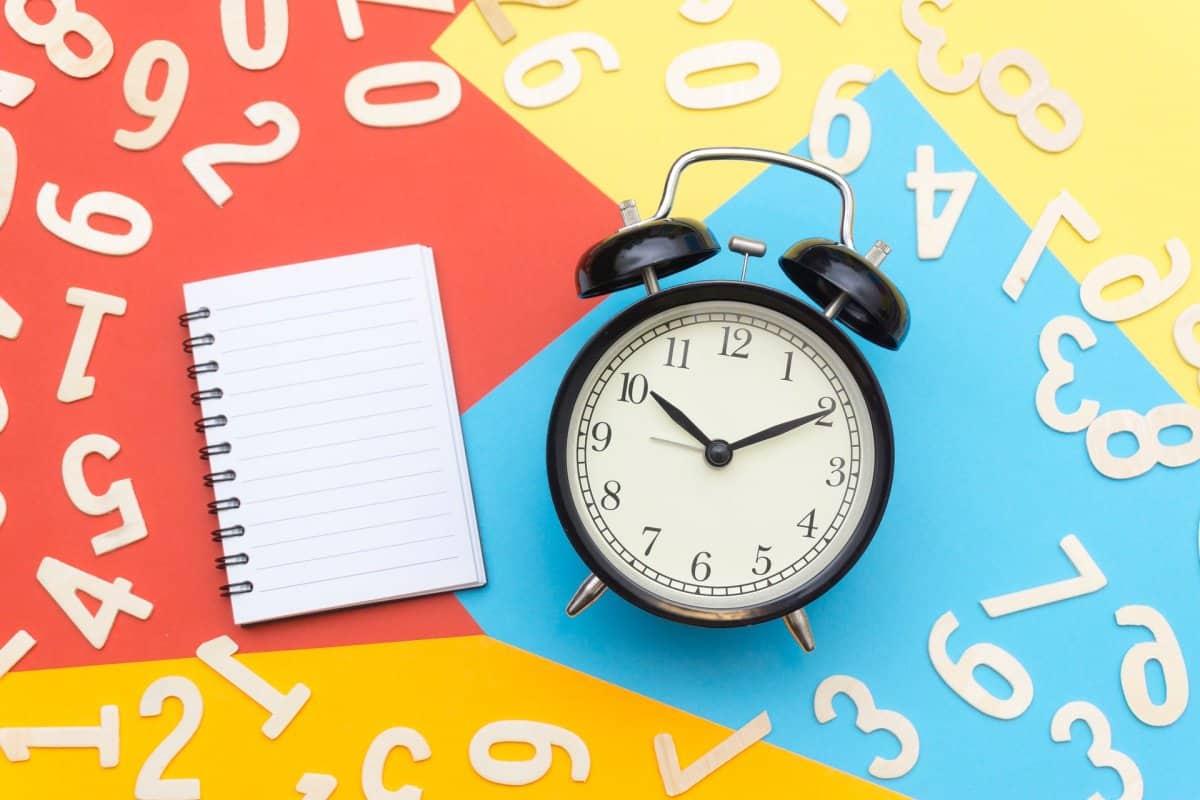As a freelance designer, time is money—literally. So getting a grasp on how you work most effectively earlier in your career will pay dividends for years to come. Time management is a truly personal matter, as different people swear by various methods. But, there are some tried and true strategies that all freelance designers can learn from and potentially add to their arsenal. Today, we go over the nine time management tips that all freelance designers need to consider.
1. Acknowledge You Can’t Do It All
As much as we would all like to be superheroes who can stop time, there are only so many hours in the day. Taking on five new projects—on top of your more consistent workload sounds like a recipe for disaster. One of my old colleagues who was a freelancer for my company at the time told me that she only took on three part-time clients at a time. This left hours in the day and week to relax and find inspiration organically.
Depending on the time commitments that go along with your projects, your optimal number of clients might be different than hers. It requires trial and error to figure out what your limit is. But to say the least, you will know when you’ve taken on too much. And it definitely is a good problem to have: more work than you can possibly do, but it will take an honest look at your workload and deadlines to figure out what’s manageable. You might like working seven days a week or putting in double-digit hours, but knowing when to say “no” is still important. Freelance designers can manage their time much better when they have a realistic workload that leaves time for family, friends, and hobbies.
2. Set Working Hours You Can Stick to
If you have clients across time zones and even across continents, a key time management tip is being very clear from the beginning of the working relationship when you can and can’t be available. Let your client know your timezone so that they can plan accordingly. One horror story from my freelancing career is when I agreed to a call with a client in Munich while in the Bay Area. She could only meet at 1:30am my time, so I went to sleep early and woke up for the meeting only to see a cancellation from her in my inbox. To avoid this type of frustration that can leave you to sleep deprived and unproductive the next day, communicate early and often about where you’re located and what expectations are around appropriate meeting times, as well as responsiveness.
3. Set Realistic Goals and Prioritize
Now that you’re well aware of how many hours and projects are within your wheelhouse, it’s time to set attainable goals. Saying you’re going to completely rebrand an app or build an entire brand guideline document for a client within one day might be pushing it. Not to mention, it can overwhelm you and lead to paralysis. When there is a mountain of tasks to get through, how can you prioritize effectively?
As they say in all time management adage roundups, the best place to start is the beginning. Break each project up into smaller tasks that can be accomplished over time instead of inundating yourself with an entire deliverable at once. Ask yourself “what can I realistically accomplish in the next hour?” and work to exceed that goal.
All designers will astutely point out that some freelance projects are due yesterday as soon as they are assigned. This will require comprehensive prioritization of the projects you’re already juggling, as well as time to set expectations with clients. If your work is as amazing as they believe, clients must be understanding that top-notch work takes time.
4. Develop Milestone Goals
It’s easy to say you’ll take three weeks to redesign a few key sections of an app, but how do you keep yourself accountable to ensure you will accomplish everything on time? It’s a bit different when you don’t have coworkers to check in with about progress on your deliverable, so an important time management tip is acting as equal parts contributor and project manager.
Establish milestones that make sense for that specific project and follow through. Many freelance designers might feel like they work better within a small time frame or a number of other design constraints. But the larger the project, the less likely you’ll be able to cram and do it all at the last minute.
Building up to those milestones might include blocking off time on your calendar to work on specific aspects of the design and once that time period is over, moving on to the next, instead of worrying if the color is just right. (This can be especially helpful when it comes time to tally up your hours for an hourly rate project.) These are details you can work out later on, but first, get the key aspects of the project down so that you won’t need to stress about important functionality in the final hours before it is due.
Another related time management tip is giving yourself small deadlines or time limits, such as “By 11am I must have these icons designed.” This can help you achieve small goals that work up to the larger milestones and is especially helpful for those that are especially distraction-prone. For some freelance designers, a countdown timer that goes off when the next small deliverable is due can help motivate you to stay focused and the small task on hand done faster.

5. Outsource When Required
Some projects or deadlines are impossible to meet on your own. That’s where sites like Upwork of Fiverr come in handy. Even better, if you have designer friends who do great work that aligns with your personal style, bring them onboard when needed. Freelance life can be somewhat isolating, so being able to tag-team on a project from time to time can be a nice change of pace, not to mention save a big project that you simply couldn’t tackle in your own. This will require you to come to an agreement on payment when it comes to friends helping with projects, but sites like Upwork have the benefit of publishing rates to make sure you select a design helper who fits into your budget.
6. Buy Time with the Right Tools
Do you remember what you did before Uber and Lyft came onto the scene? Standing on crowded intersections with your hand up or calling a dispatch number never seemed to work quite as well as we hoped. Since the taxi experience was often hit or miss, summoning a car with just a few taps of your finger certainly seemed appealing. And it saved time and money, too. The same goes for design tools, it’s difficult to remember what we did before we were able to automate and simplify key tasks in our workflows.
You’ll need to find these design tools that will make your workflow as seamless as possible. Maybe this comes in the form of using a project management service like Trello or getting a virtual assistant to schedule client meetings for you. Or maybe it means automating invoices with Freshbooks so that you aren’t drowning in documents you need to send out to multiple clients on the last day of each month. Or maybe you’re terrible at remembering passwords and waste time resetting passwords way too often. LastPass is a tool that securely saves your passwords all in one place. Whatever your biggest administrative pet peeve is around being a freelance designer, there’s a good chance that there’s a way to automate it for no or low cost. Time management and productivity tools can be free as well, much to the delight of the frugal freelance designers out there. (See the full list of the best mobile apps for freelance designers.)
7. Set Communication Norms
This plays out in two very different ways for freelance designers. First, you’ll need to request a full creative brief from clients when they are requesting your work. This could be as simple as sending over a free Google Form template you can reuse time and time again that asks for all of the information you need to understand the full scope of the work. This will help you keep the user in mind as your formulate ways to approach it.

Next, you’ll want to communicate early and often with clients to set expectations, ask additional questions, and provide status updates. But one key time management tip is to focus on communicating with one client at a time. If you’re using Slack to chat with a number of clients, be sure to log out or at least mute accounts that you’ll be working with later.
8. Limit Distractions
This goes without saying, but freelance designers need to get to a state of deep focus to be able to get everything done in a timely fashion. Having numerous messages coming in from different stakeholders across clients can get overwhelming very quickly and derail whatever you were working on. In this same vein, turn off email notifications to avoid getting distracted by messages that have nothing to do with what you’re working on. The email will be there when you’re ready to move on. A radical idea might be to put your phone on do not disturb mode to cut down on the notifications that might typically show up on your screen each hour.
But what about the apps and sites you love most? Is Instagram your vice? Delete it from your phone during the work week or put it in a hard to find app folder so that you’re less tempted. Or maybe you scroll endlessly through your favorite blog when you should be picking out a color scheme for a website redesign. In this case, there are a number of apps and plug-ins you can enable to block that site during work hours. But these sites and apps can still be great places to spend time during breaks.
9. Take Meaningful Breaks
A walk around the block or meditation session could boost your productivity more than a simple coffee break. Alternate the types of breaks you take so that you really look forward to them. Work them into the day so that you don’t end up feeling burnt out. There are only so many hours that you can stare at your screen before you need a change of pace and priorities to keep producing the best quality work.
Final Thoughts
To say the least, freelance isn’t for everyone. And at its core, being a freelance designer means focusing on one thing at a time, while still effectively juggling several other projects. Running your own design practice requires practice and more than a little discipline. With the help of these time management tips, you should be well on your way to working more effectively and making more time for the things outside of work that keep you going.
Do you have a time management tip for freelance designers that we left off this list? Let us know by tweeting us @Protoio.
Proto.io lets anyone build mobile app prototypes that feel real. No coding or design skills required. Bring your ideas to life quickly! Sign up for a free 15-day trial of Proto.io today and get started on your next mobile app design.







